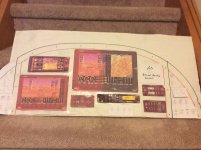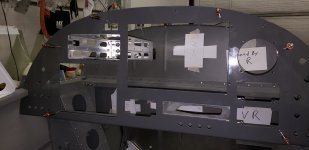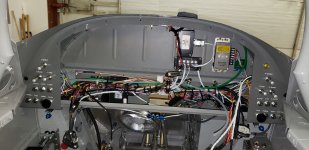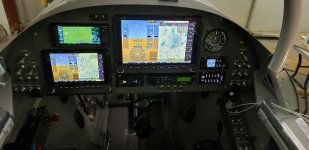Rjmvmi1998
Member
Hello,
I am in the process of designing a new panel for my RV10. I’ve already bought the blank panel from Vans and I’m at the process of laying everything out. I woukd like to place scale paper cutouts of my equipment on the blank to play with different orientations. I know this should be a simple process but I’m having a heck of a time finding simple software that will let me print out scale rectangles and circles. one example, I need a rectangle that measures 7.5 x 6.565 inches.
Thanks
I am in the process of designing a new panel for my RV10. I’ve already bought the blank panel from Vans and I’m at the process of laying everything out. I woukd like to place scale paper cutouts of my equipment on the blank to play with different orientations. I know this should be a simple process but I’m having a heck of a time finding simple software that will let me print out scale rectangles and circles. one example, I need a rectangle that measures 7.5 x 6.565 inches.
Thanks










